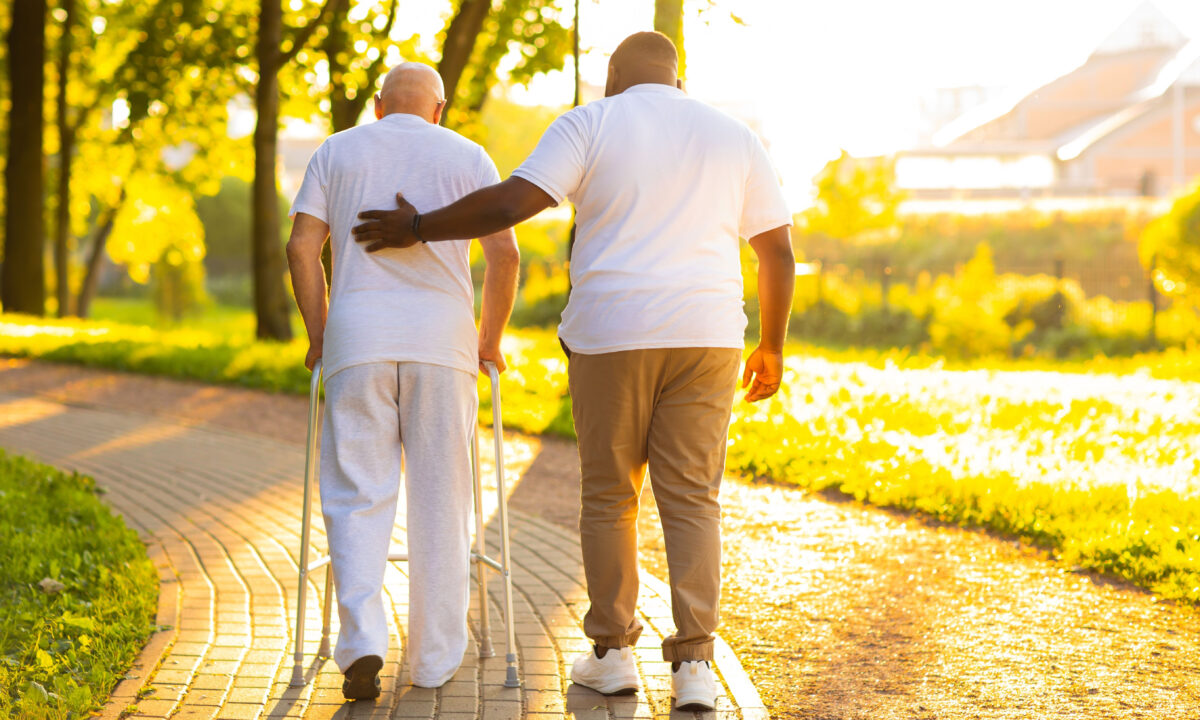


Each year, the lives of hundreds of thousands of Americans change dramatically because of unexpected strokes. Survivors often face the daunting task of overcoming physical and cognitive deficits. The road to recovery can be long and challenging, but new research illuminates a crucial aid in this journey: exercise.
A groundbreaking study published in JAMA Network Open demonstrates that at least four hours of light to moderate-intensity physical activity per week can significantly bolster functional recovery within the first six months after a stroke.
The research, conducted on 1,367 stroke survivors, unveiled two specific patterns of physical activity following a stroke: a group referred to as the “increasers,” who experienced a marked rise in activity levels, and a “decreaser” group who reported a significant drop in their activity.
The increaser group had better functional outcomes six months post-stroke. This group comprised mostly younger males with normal cognition who could walk unaided. Interestingly, stroke severity was not significantly different between the two groups.
On the other hand, the decreaser group was less active, with a substantial drop in activity within six months post-stroke. This group was older, was made up of more females, and had more impaired cognition. The authors noted, “Male participants and those with normal cognition had a higher likelihood of increasing physical activity, regardless of stroke severity.”
The researchers performed a sensitivity analysis to deal with confounding variables, such as the gender differences between the two groups, to make sure the observations weren’t due to factors besides activity levels.
The results of this study highlight the vital role of physical activity following a stroke, supporting prior research that demonstrated that maintaining an active lifestyle post-stroke can contribute to improved health outcomes. The authors concluded, “Increased physical activity of at least light intensity during the subacute phase after stroke was associated with a good functional outcome at 6 months.”
A stroke occurs when the blood supply to part of the brain is interrupted or reduced, depriving brain tissue of vital oxygen and nutrients. Ischemic strokes result from a blockage in the blood vessels, and hemorrhagic strokes occur because of a burst blood vessel. Both types are urgent medical events that require immediate attention.
Strokes are a major global health issue according to the World Health Organization, ranking as the second leading cause of death and the third most common source of disability across the globe. According to the CDC, close to 800,000 Americans suffer a stroke annually, making it the predominant cause of severe long-term disability.
Stroke recovery is contingent upon its nature, intensity, and the underlying health of the patient. Rehabilitation plays a pivotal role in helping survivors reacquire skills and abilities affected by stroke.
The journey to recovery after a stroke often involves specific exercises to regain strength and coordination. Some of the best exercises for stroke survivors focus on mobility and stability, such as walking, leg lifts, shoulder rolls, and gentle stretching. These activities aid in physical recovery and contribute to a healthier heart and improved mental well-being.
A 2023 randomized control study published in JAMA shows that a high-intensity walking program could particularly benefit stroke survivors. This program involves brief periods of intense walking exercise, followed by rest, repeated throughout a 45-minute session three times a week. The study results revealed that participants who followed this routine for 12 weeks experienced more significant improvement in walking capacity than those who undertook a moderate-intensity program. Therefore, vigorous, regular exercise may be vital in maximizing recovery in chronic stroke patients.
Beyond exercise, nutrition is integral to post-stroke recovery, particularly concerning cognitive health. A 2019 study found that the MIND diet, a hybrid of the Mediterranean and DASH diets, can slow cognitive decline after stroke. The MIND diet is rich in vegetables, whole grains, fish, poultry, nuts and berries. “High adherence to the MIND diet was associated with a slower rate of cognitive decline after stroke,” the authors reported.
Multiple studies have found that psychological stress negatively affects the stroke recovery process. Stress management techniques such as mindfulness and meditation can benefit post-stroke healing.
Additionally, research shows that high-quality sleep is critical in aiding recovery, as the body uses this time to repair and regenerate cells. Together, these approaches can support the body’s natural healing processes and contribute to a more comprehensive, holistic recovery from stroke.
